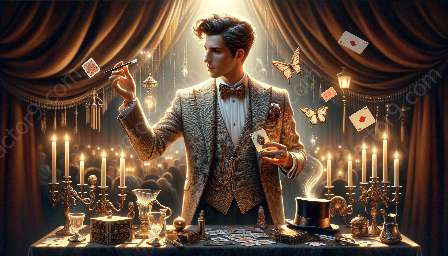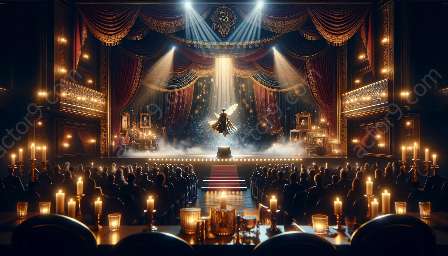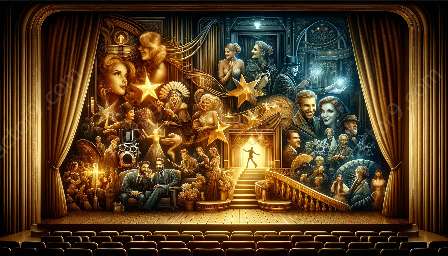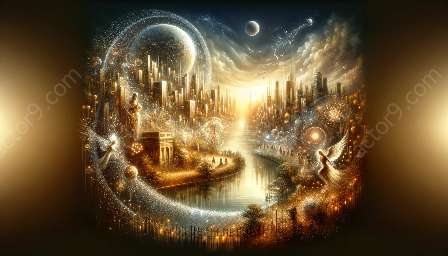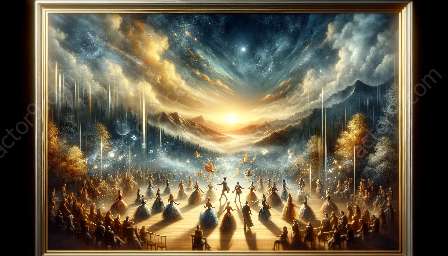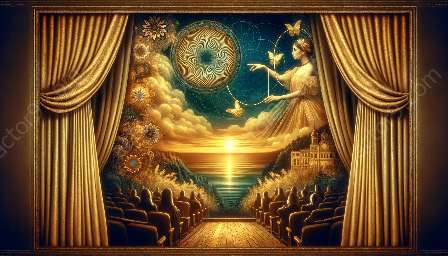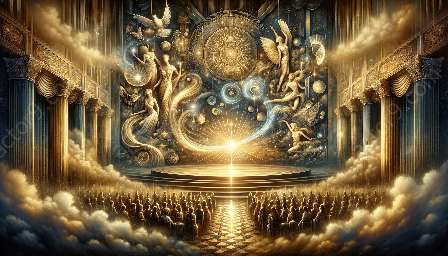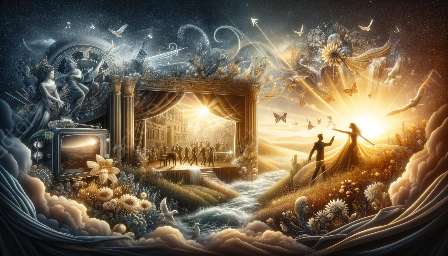Magic has captivated audiences for centuries, and its allure often lies in the enigmatic way magicians seem to defy the laws of nature right before our eyes. However, behind every successful illusion is a clever understanding of psychology and perception.
Famous Magicians Throughout History
Famous magicians have always been masters at manipulating the mind and senses. For instance, Harry Houdini, a legendary escape artist and magician, not only astounded audiences with his daring feats but also understood the power of suggestion and misdirection. Similarly, David Copperfield, known for his grand illusions, has often utilized psychological techniques to create astonishing experiences for his spectators.
Magic and Illusion
The art of magic and illusion is deeply rooted in the principles of psychology and perception. Magicians use various techniques to manipulate the way our brains interpret sensory information, often exploiting cognitive biases and visual illusions to create seemingly impossible feats.
The Psychology Behind Magic Performances
Magicians leverage several psychological principles to captivate and deceive their audience. One such principle is misdirection, a technique that involves diverting the audience's attention away from the actual method of the trick. By understanding how our brains naturally focus on certain elements, magicians can skillfully direct attention where they want it, leading to a more convincing illusion.
Moreover, magicians often tap into our cognitive biases, exploiting inherent flaws in human perception. For example, they might take advantage of our tendency to fill in missing information or to follow predictable patterns, leading us to perceive something that isn't there.
The Role of Perception in Magic
Perception plays a crucial role in magic performances. Magicians manipulate how we perceive reality by creating optical illusions, exploiting our visual and auditory senses, and incorporating elements of surprise and novelty. By understanding the intricacies of perception, magicians can create awe-inspiring experiences that challenge our understanding of what is possible.
The Art of Deception
Magicians are artists of deception, blending the realms of psychology and illusion seamlessly. They use elements of storytelling, suspense, and drama to evoke strong emotional responses from their audience, further enhancing the impact of their performances.
Conclusion
Through the integration of psychology and perception, magicians captivate and mystify their audiences, showcasing the incredible potential of the human mind. As we continue to marvel at the astonishing feats performed by magicians, it's important to remember that the true magic lies in the artful manipulation of our perceptions and cognitive processes.


